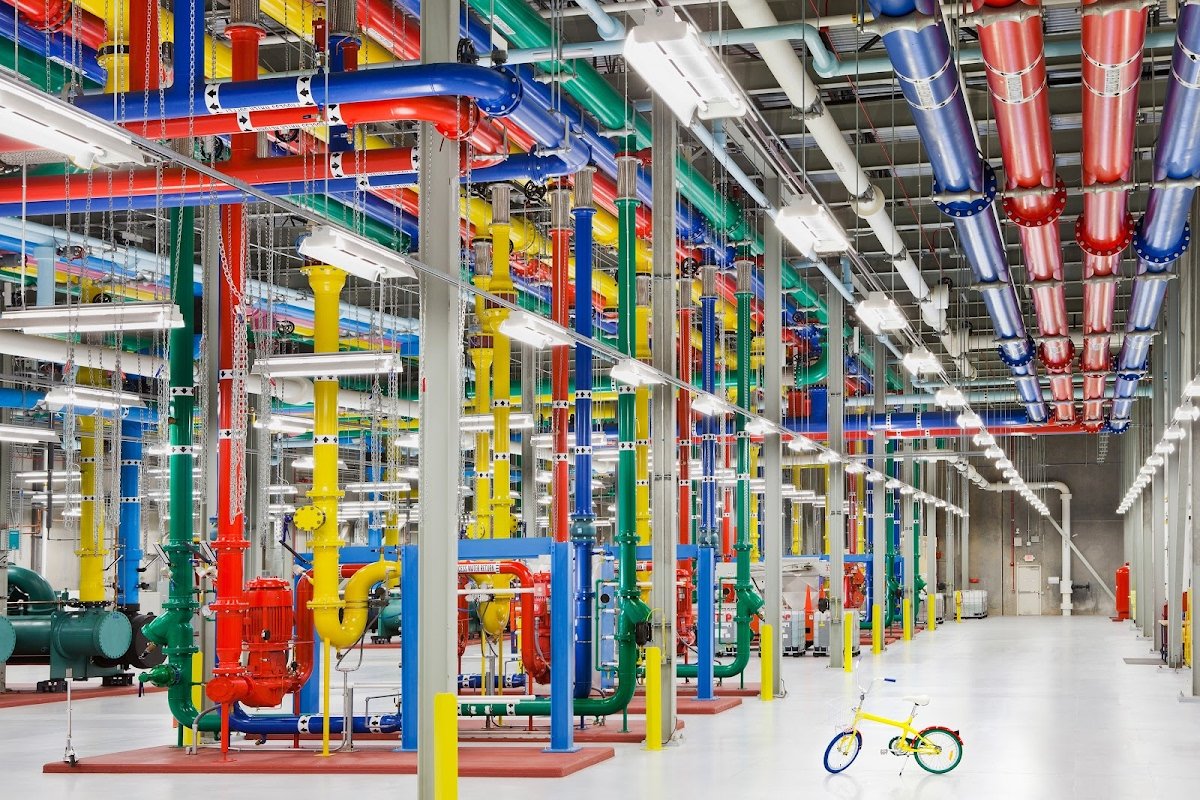What’s the economic impact of data centers in Ohio?
Photo: Google
Last year, Google announced it was building two new data centers in Columbus and in Lancaster, adding to its facility in New Albany.
The tech giant said the expansion would inject another $1.7 billion into its three Ohio data center campuses, building on its more than $2 billion investment in the state since breaking ground in New Albany in 2019.
"Central Ohio has proven to be a great place for us to put down roots and we’re excited about the large impact we've had across Columbus, Lancaster, and New Albany in our short time in Central Ohio," said Amber Tillman Head of Data Center Community & Economic Development. "Our data center sites are not only making an impact on the economy, but within the community as well.
The presence of Google and other large data center operators has made a significant mark on the Central Ohio region and the state as a whole, although it can be difficult to quantify it.
To try to measure the impact, the Data Center Coalition asked PwC to quantify the economic, environmental, and social impact of the U.S. data center industry. PwC analyzed data center industry impacts between 2017-2021 at the national level, as well as focusing on three specific states: Ohio, Arizona, and Virginia.
The data center coalition put out a Data Center Impact study highlighting the impacts in Ohio:
The data industry’s total annual employment in Ohio increased 23% from 50,330 jobs in 2017 to 61,740 jobs in 2021
The industry’s total annual labor income in Ohio increased 47% from $3 billion in 2017 to $4.4 billion in 2021
Ohio’s data center industry directly and indirectly generated $2.6 billion in total state and local tax revenues in Ohio from 2017 to 2021
In Ohio, leading hyperscalers have invested in several solar and wind farms capable of generating millions of megawatt hours of clean energy each year
A leading hyperscaler trained 1,870 small business owners in Ohio through more than 75 digital skills workshops

